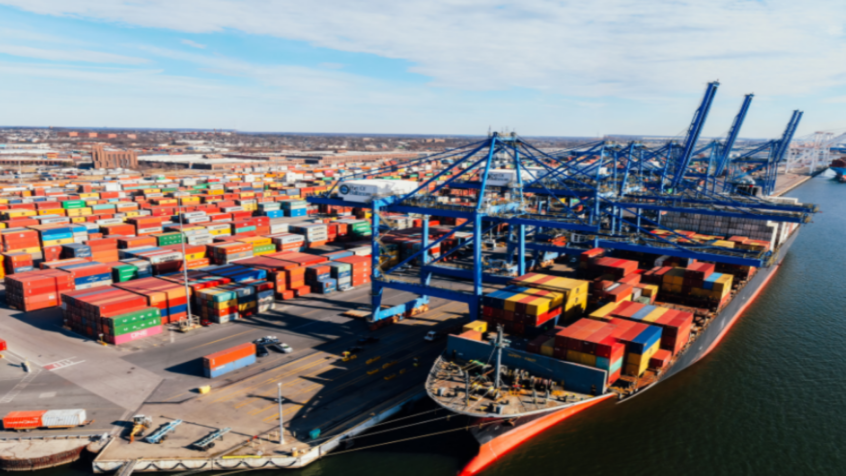Ocean containers are everywhere and are a key role in shipping freight, and in the Global Supply Chain as a whole. As a freight forwarder or any person in the logistics field, understanding the differences between Shipper-Owned Containers (SOCs) and Carrier-owned containers (COCs) can help expand your logistics knowledge.
What is a shipper-owned container?
When you ship your product via ocean, undeniably you will see containers that have the name of the Ocean carrier you are transporting it by, for example, when making an ocean booking, you will pull an empty from the port to load your cargo in a container lent by the ocean vessel.
Shipper-owned containers, provide a sustainable option that allows any shippers or business individuals to rent or own the container, for the goal of reusing.
Advantages of a shipper-owned container:
The global supply chain industry is full of ups and downs and is often faced with container bottlenecks, especially around peak season. Those who purchase SOC can often avoid long delays to pull a container, since waiting for the ocean carrier to release one isn’t a hindrance. In an eCommerce-heavy economy, shippers and business individuals are often finding this viable investment to be worth it, as you can continuously use the same container for long hauls without any constraints.
How much is the investment for a SOC?
According to Costaide, when searching for the best container, it’s best to do your research and find a distributor in a local port area. For a new, unused container, expect to pay anywhere from $1500 – $3300, however, buying it used can be purchased as low as $800, on average. Of course, these are standard prices, if you are specifically looking for different sizes or capabilities, such as flat racks, refrigerated units, or open-tops, the cost is variable.

